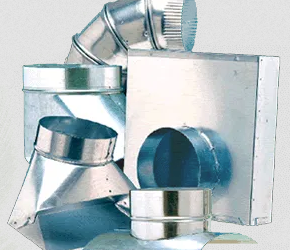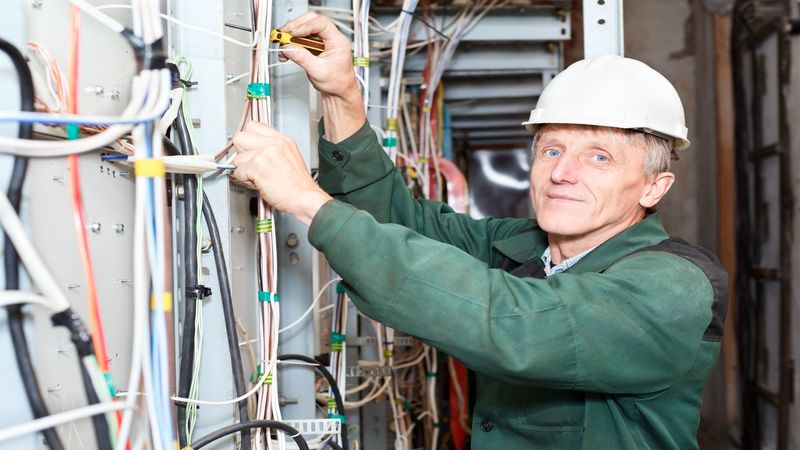Electropolishing is rather like the opposite of electroplating. In plating, metal is added, in polishing, metal is removed. Electropolishing systems MA is used to polish, passivate and de-burr metal. It is a process which is often used in the metal finishing industry as it is simple and can be used on metal objects, which have very complex shapes.
To accomplish Electropolishing, the object is completely dipped into a bath of electrolyte, which is kept at a specific temperature. A cathode is immersed into the electrolyte, which is usually sulphuric and phosphoric acid; the cathode is attached to the negative terminal of a DC power supply. The piece to be electropolished is connected to the positive terminal and becomes the anode. The metal is removed, one ion at a time from the object that is being polished. Electropolishing systems MA selectively removes microscopically small high points on the metal faster than the metal is removed from the low points.
There are three steps in the process:
- Step one: The designer must specify the proper metal for the part that is manufactured. If the specification simply calls for the part to be made from 300 series stainless steel, this can pose problems. There are certain stainless steels in the 300 series that electropolish better than others. 316 stainless, for example, will polish far better than 304, and yet they are all 300 series metal. Type 303 stainless has inclusions of sulfide and is not considered a good choice for Electropolishing.
- Step two: The final finish that is required is specified, the finish is usually application oriented. Depending on the specified finish, an intermediate step of mechanical polishing using various abrasives may be required. Electropolishing can reduce the Ra (roughness average) or RMS (roughness measurement system) by about 50%. This simply means that if the mill finish or the abrasive finish reads 50Ra, the finish that can be expected from Electropolishing will be about 25Ra. The best electropolishers use small samples of the material to pre-determine the quality of the final finish.
- Step three: Any mechanical polishing that is to be done to get the final specified finish must be taken into account. It is mandatory that mechanical polishing be done in a series of passes using finer grit each pass. Course grit abrasives should not be used as the final surface finish obtained by Electropolishing is directly proportional to the finish of the part prior to Electropolishing. It is impossible for Electropolishing systems MA to take off digs, gouges, deep scratches, etc.
To assist the designers and electropolishers, standards have been adopted that declare the final finish. The finish can be EFS1, which is the most critical and requires surface verification down to EFS4, which is non-reflective and the most economical.
The best electropolishing systems in MA are available at New England Electropolishing. The company was founded in 1985 and has since gained ISO 9001:2008 certification for their quality control process.


